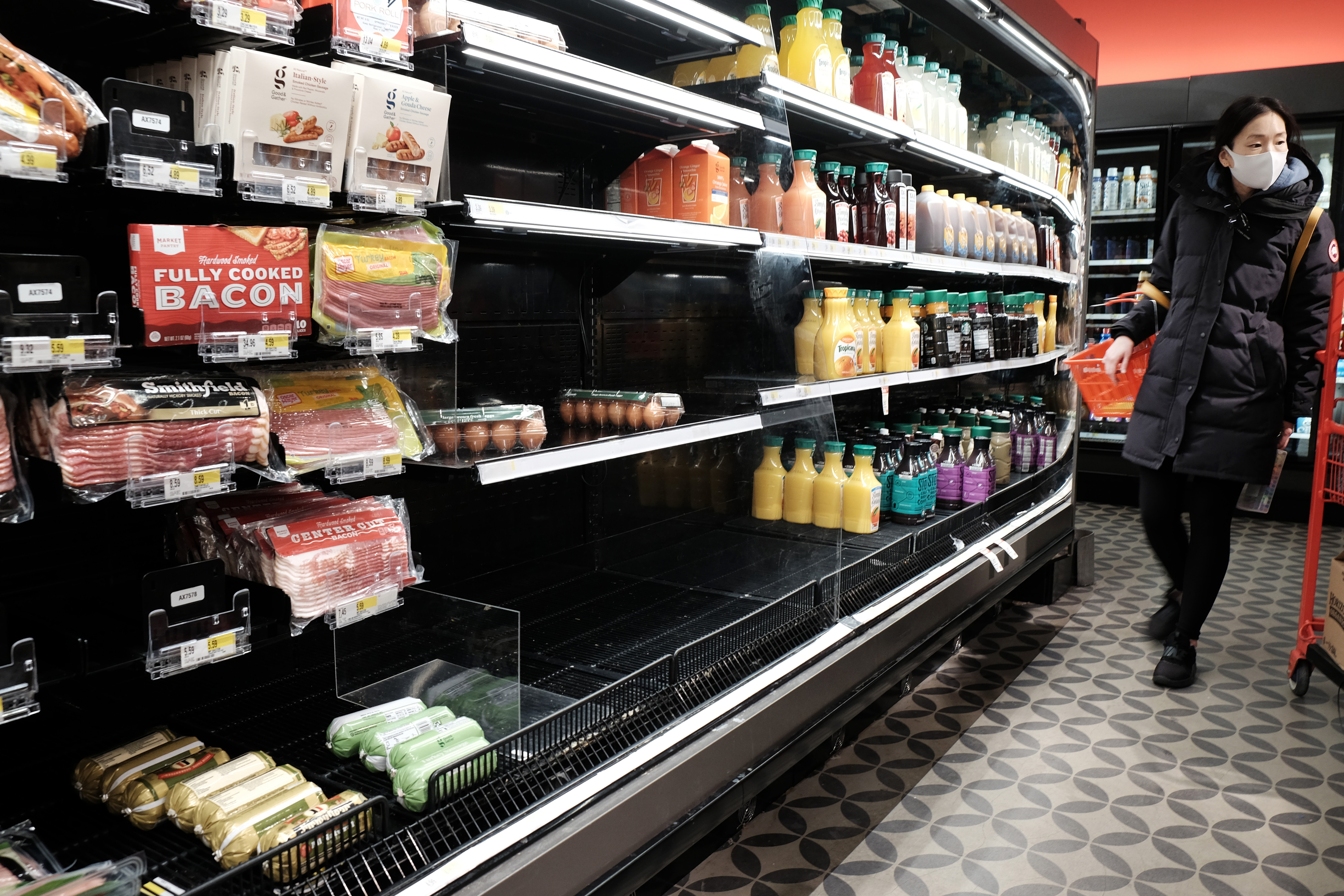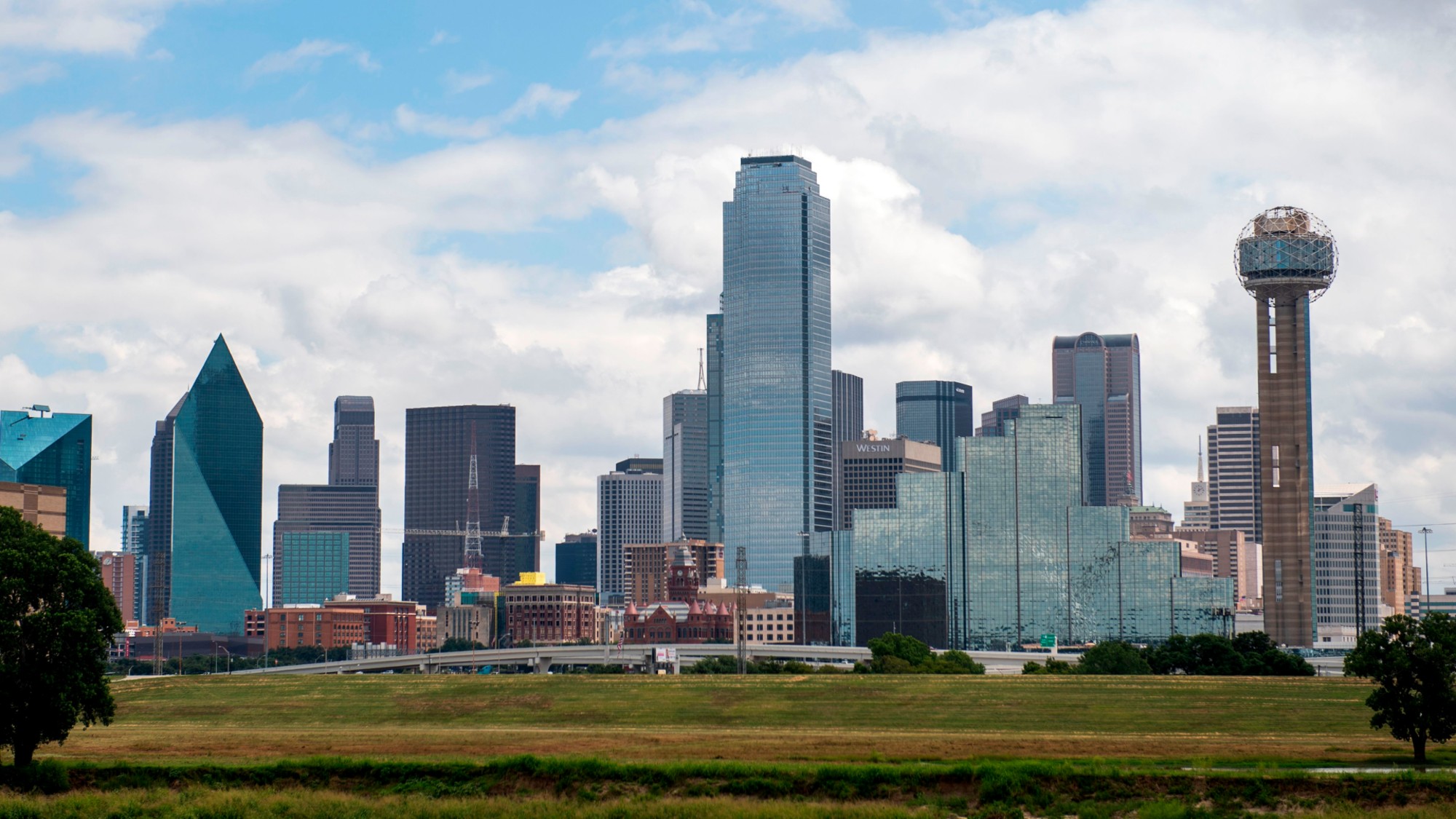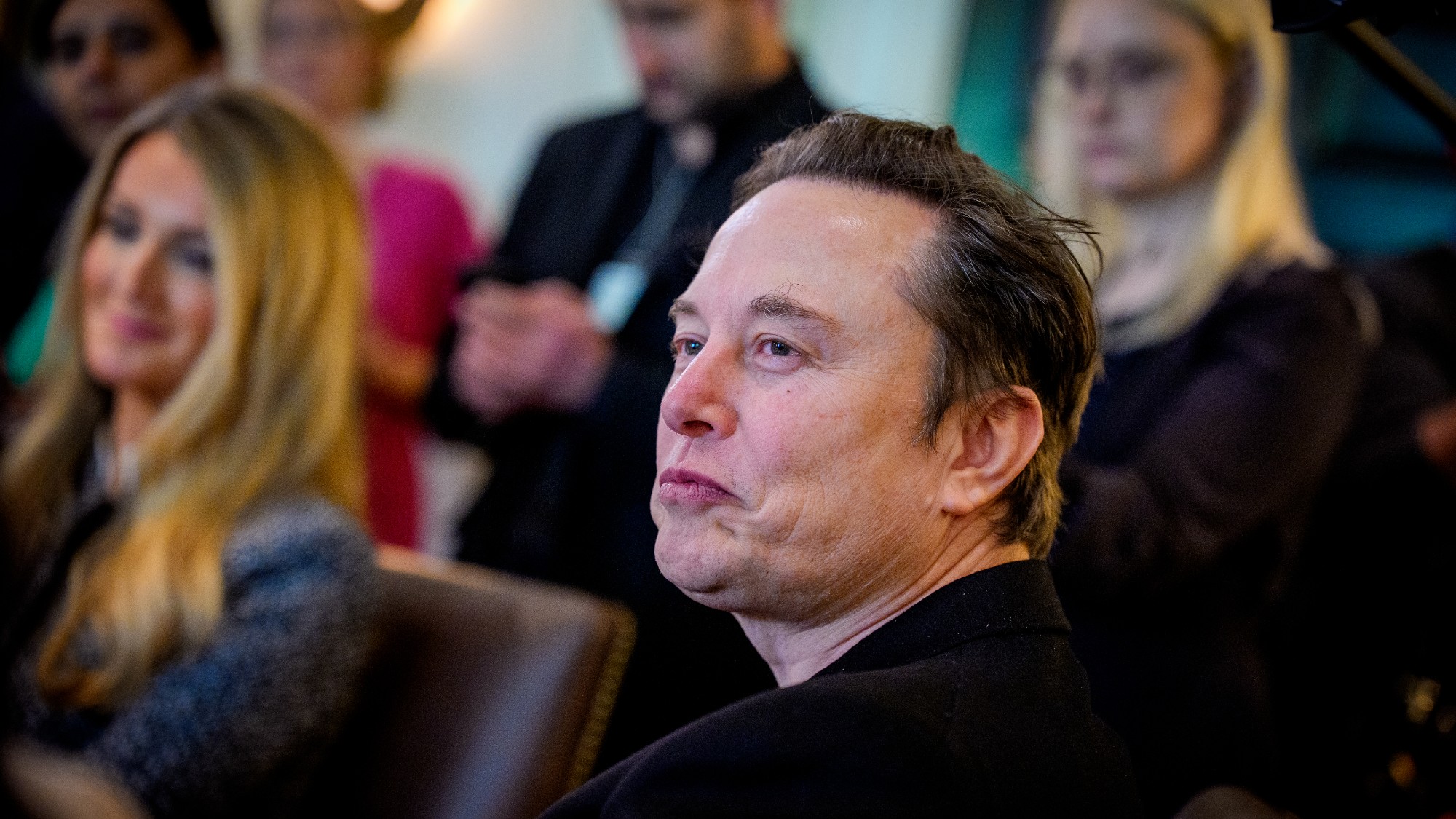The daily business briefing: January 13, 2022
Inflation rises to fastest pace in four decades, the federal deficit falls to a two-year low as tax receipts rise, and more


1. Consumer prices rise at fastest pace in 4 decades
U.S. inflation rose to an annual rate of 7 percent last year, the Labor Department reported Wednesday. The jump in the consumer price index in December, compared to a year earlier, marked the highest annual inflation since 1982. It was the third straight month above 6 percent. Pandemic-related supply problems contributed to the slight increase from November's 6.8 percent annual rate. The core price index, which excludes volatile food and energy costs, rose by 5.5 percent in December compared to a year earlier, the fastest pace since 1991. "While inflation is likely to peak in the next few months, the overall pace is going to remain a challenge for consumers, businesses, and policy," said Sarah House, director and senior economist at Wells Fargo.
2. Federal deficit fell to 2-year low in December
The Treasury Department reported Wednesday that the federal government's December deficit was $21.3 billion, the smallest monthly shortfall in two years. The shift came as the economy rebounded from the worst damage of the coronavirus pandemic, boosting tax receipts while spending on COVID-19 relief programs declined. The government has posted a $377.7 billion deficit since Oct. 1 in the first three months of the budget year, a 30.1 percent drop compared to the same period a year ago, when Washington was spending trillions to support families and businesses struggling to stay afloat through the coronavirus pandemic. Those programs are being used less now, and some have expired.
The Week
Escape your echo chamber. Get the facts behind the news, plus analysis from multiple perspectives.

Sign up for The Week's Free Newsletters
From our morning news briefing to a weekly Good News Newsletter, get the best of The Week delivered directly to your inbox.
From our morning news briefing to a weekly Good News Newsletter, get the best of The Week delivered directly to your inbox.
3. U.S. college enrollment drops again
U.S. college enrollment dropped by 465,300 students, or 3.1 percent, in the fall compared to a year earlier, according to a report released Thursday by the National Student Clearinghouse Research Center. The decline, which came as universities took steps back to normal operations, continued a trend that began earlier in the coronavirus pandemic, with more than 1 million students now missing from U.S. campuses as attitudes shift about the value of a college education, potentially altering a generation's career prospects. "The longer this continues, the more it starts to build its own momentum as a cultural shift and not just a short-term effect of the of the pandemic disruptions," Doug Shapiro, executive director of the National Student Clearinghouse Research Center, told The Washington Post.
4. Stock futures modestly higher despite inflation report
U.S. stock futures were nearly flat early Thursday after Wall Street made modest gains on Wednesday despite the sharpest monthly rise in the consumer price index in four decades. Futures tied to the Dow Jones Industrial Average, the S&P 500, and the tech-heavy Nasdaq were all up by about 0.1 percent at 6:30 a.m. ET. On Wednesday, all three of the main U.S. indexes closed slightly higher despite a report from the Bureau of Labor Statistics showing that the December consumer price index, a key measure of inflation, rose at an annual rate of 7 percent in December, the fastest pace since June 1982. The Nasdaq rose by 0.2 percent, its third straight day of gains. The S&P 500 and the Dow rose by 0.3 percent and 0.1 percent, respectively.
A free daily email with the biggest news stories of the day – and the best features from TheWeek.com
5. Manhattan rents surge to highest ever recorded in month of December
Manhattan's median rent rose to nearly $3,400 in December as vaccination rates rose and affluent renters returned to New York City, according to a new report from brokerage Douglas Elliman. The December median marked the highest ever recorded in the normally slow month. The median net-effective rent, adjusted for concessions from landlords, was $3,392, up 21 percent from the same period last year. The highest median rent for any month reached $3,540 a month in April 2020. Slowing lease activity suggested that rental activity is starting to return to pre-pandemic norms after the surge, said Jonathan J. Miller, an appraiser and the report's author.
Harold Maass is a contributing editor at The Week. He has been writing for The Week since the 2001 debut of the U.S. print edition and served as editor of TheWeek.com when it launched in 2008. Harold started his career as a newspaper reporter in South Florida and Haiti. He has previously worked for a variety of news outlets, including The Miami Herald, ABC News and Fox News, and for several years wrote a daily roundup of financial news for The Week and Yahoo Finance.
-
 Political cartoons for January 3
Political cartoons for January 3Cartoons Saturday's political cartoons include citizen journalists, self-reflective AI, and Donald Trump's transparency
-
 Into the Woods: a ‘hypnotic’ production
Into the Woods: a ‘hypnotic’ productionThe Week Recommends Jordan Fein’s revival of the much-loved Stephen Sondheim musical is ‘sharp, propulsive and often very funny’
-
 ‘Let 2026 be a year of reckoning’
‘Let 2026 be a year of reckoning’Instant Opinion Opinion, comment and editorials of the day
-
 Tariffs have American whiskey distillers on the rocks
Tariffs have American whiskey distillers on the rocksIn the Spotlight Jim Beam is the latest brand to feel the pain
-
 TikTok secures deal to remain in US
TikTok secures deal to remain in USSpeed Read ByteDance will form a US version of the popular video-sharing platform
-
 SiriusXM hopes a new Howard Stern deal can turn its fortunes around
SiriusXM hopes a new Howard Stern deal can turn its fortunes aroundThe Explainer The company has been steadily losing subscribers
-
 How will the Warner Bros. bidding war affect the entertainment industry?
How will the Warner Bros. bidding war affect the entertainment industry?Today’s Big Question Both Netflix and Paramount are trying to purchase the company
-
 Texas is trying to become America’s next financial hub
Texas is trying to become America’s next financial hubIn the Spotlight The Lone Star State could soon have three major stock exchanges
-
 US mints final penny after 232-year run
US mints final penny after 232-year runSpeed Read Production of the one-cent coin has ended
-
 How could worsening consumer sentiment affect the economy?
How could worsening consumer sentiment affect the economy?Today’s Big Question Sentiment dropped this month to a near-record low
-
 Musk wins $1 trillion Tesla pay package
Musk wins $1 trillion Tesla pay packageSpeed Read The package would expand his stake in the company to 25%
